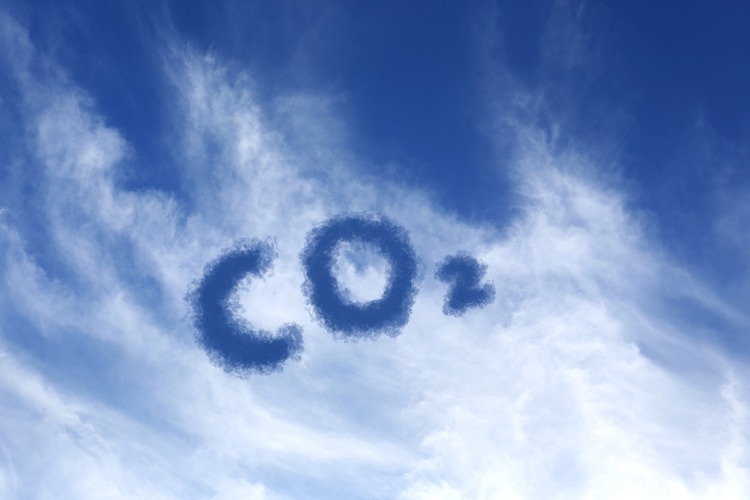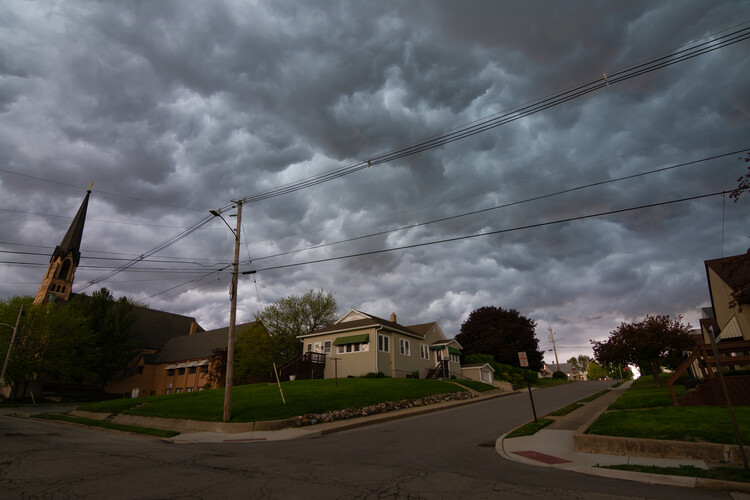
Find out more about how rising temperatures, storms and CO2 are exacerbating symptoms for those with hayfever and asthma
By
As spring rolls around, hayfever sufferers – comprising between 10-30 per cent of the global population – are all too familiar with the onset of runny noses and watery eyes accompanying the season. This year, in the US, pollen levels are set to be higher than historical averages across 39 states; and in the UK, a ‘pollen bomb’ – when trees release millions of pollen grains at once –have hit four regions of the country, impacting more than 36 million individuals.
Now, it’s understood how these microscopic particles irritating airways – and their ability to impact those around them – are linked to, and may be exacerbated by, climate change.
So, how exactly does the relationship between the two work? Read on to find out…
Enjoying this article? Check out our related reads:
Rising temperatures

Climate change is causing the world to heat. 2024 was officially the warmest year on record – around 1.55C above pre-industrial levels – and the trend has been the same, year-on-year, since 2015.
Such an uptick in temperatures, researchers believe, may be contributing toward both a longer pollen season duration and increased pollen load. In a paper published in The Lancet, 71 per cent of locations studied across the northern hemisphere were found to have a significant relationship between temperature increase and both pollen load and season length.
Another body of research, published in The Laryngoscope, has shown sixteen separate studies linking rising temperatures and extended pollen seasons together.
In the UK, increasing temperatures may mean oak and grass pollen season could begin much earlier – with hayfever sufferers experiencing symptoms as early as January and February.
Carbon dioxide

Carbon dioxide – the greenhouse gas warming the planet and leading to climate change – is also responsible for changing pollen levels. Between 2023 and 2024, levels of the greenhouse gas rose by more than 424 parts per million (ppm), and are now more than 50 per cent higher than before humans began to burn fossil fuels.
More carbon dioxide in the atmosphere encourages plants to produce more pollen, in turn leading to far higher pollen counts. Increasing carbon dioxide is also predicted to cause earlier pollen seasons, as well as shifting pollen northwards. Examples have been noted in Europe, where common ragweed – a pollen source – has expanded its range.
Thunderstorms and asthma

Worsening climate change can also lead to more severe thunderstorms, exacerbating another type of respiratory illness: asthma. In one study, 65 per cent of those with seasonal allergies reported experiencing the phenomenon, dubbed as ‘thunderstorm asthma’.
Back in 2016, more than 9,000 individuals received urgent medical care for thunderstorm asthma after a storm hit Melbourne. According to environmental health scientist at Macquarie University, Paul Beggs, the relationship between climate change and the event is ‘reasonably certain’.
The exact mechanism of thunderstorms worsening asthma isn’t known, but one theory links the phenomenon with cold air downdrafts. During thunderstorm weather systems, such downdrafts produce cross-winds that consequently drive pollen grains and fungal spores up into the air from grass and plants. Within clouds, wind, humidity and lightning break up particles to a small size able to enter the nose, sinuses and lungs.
Studies suggest that pollen levels spike around 20-30 minutes into a thunderstorm, with younger people most affected.




